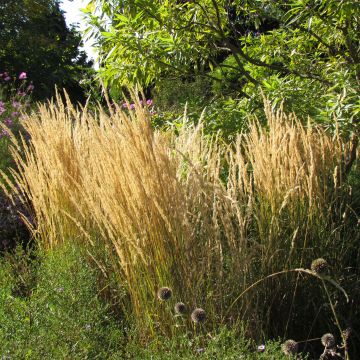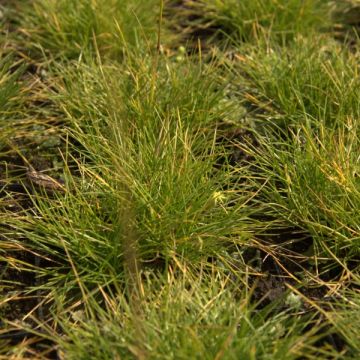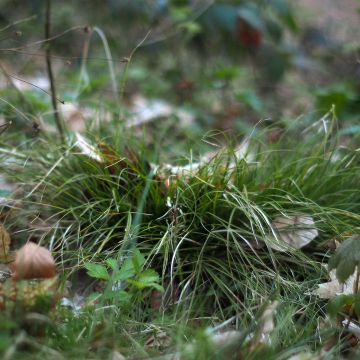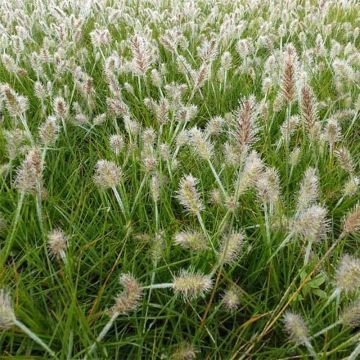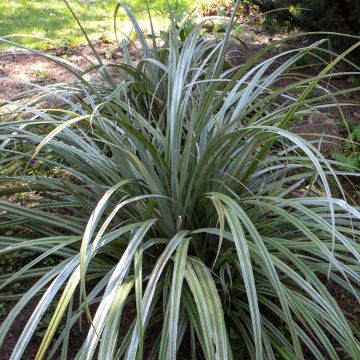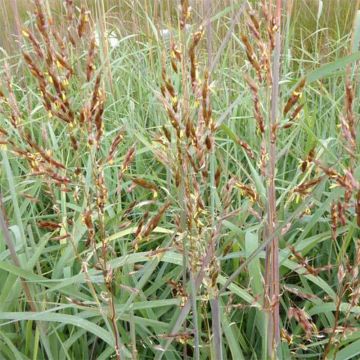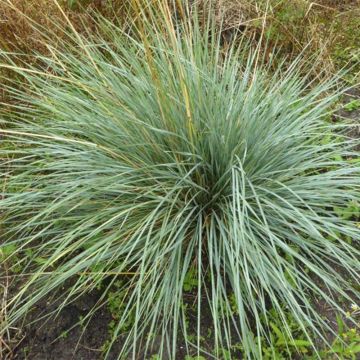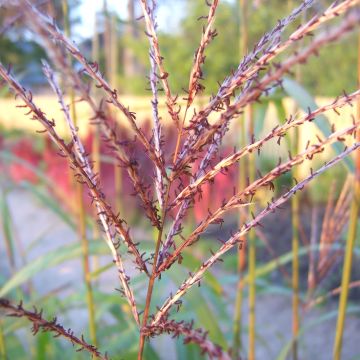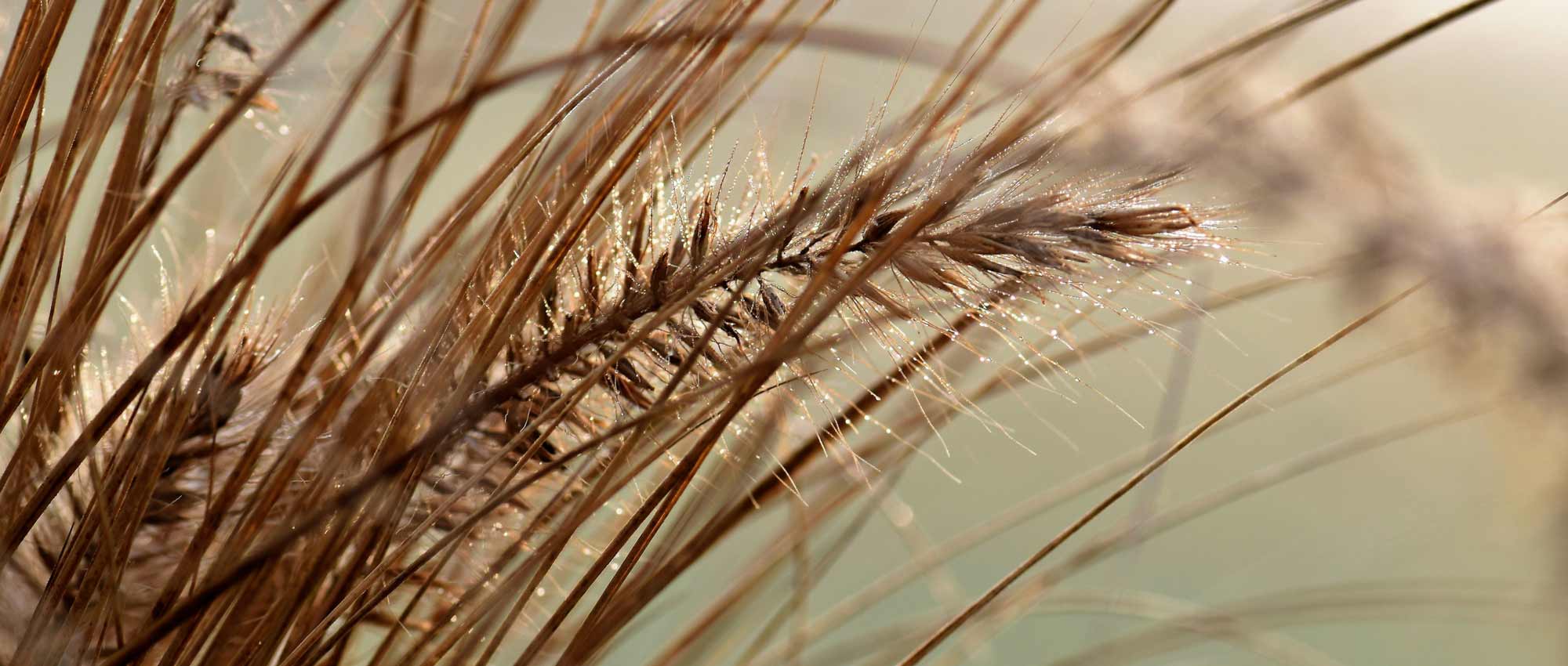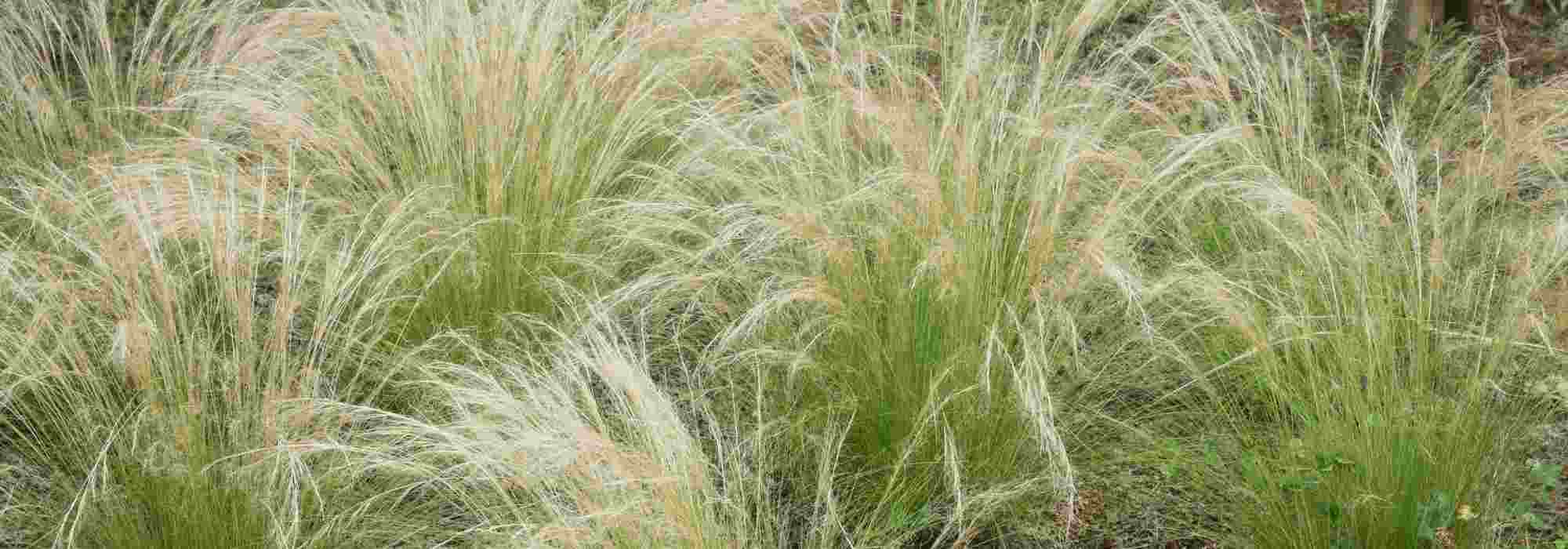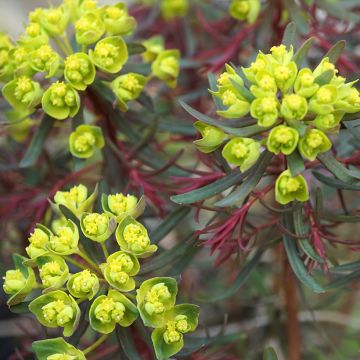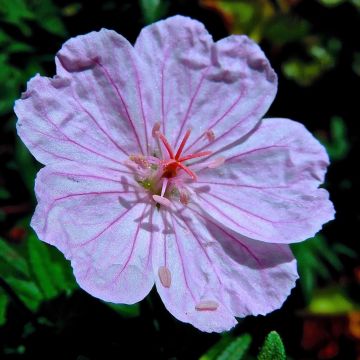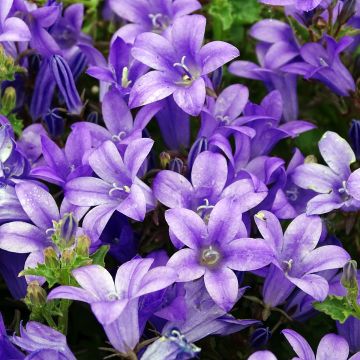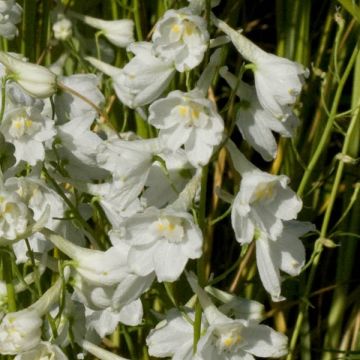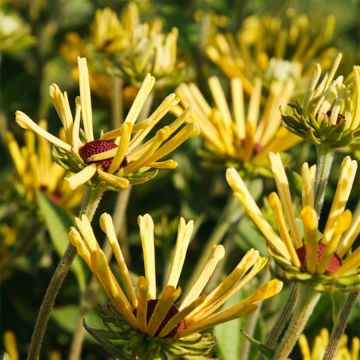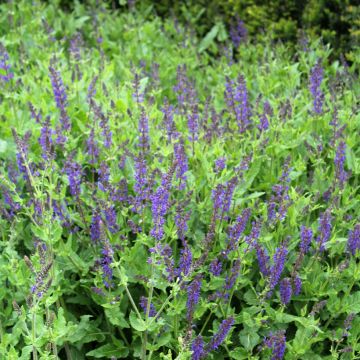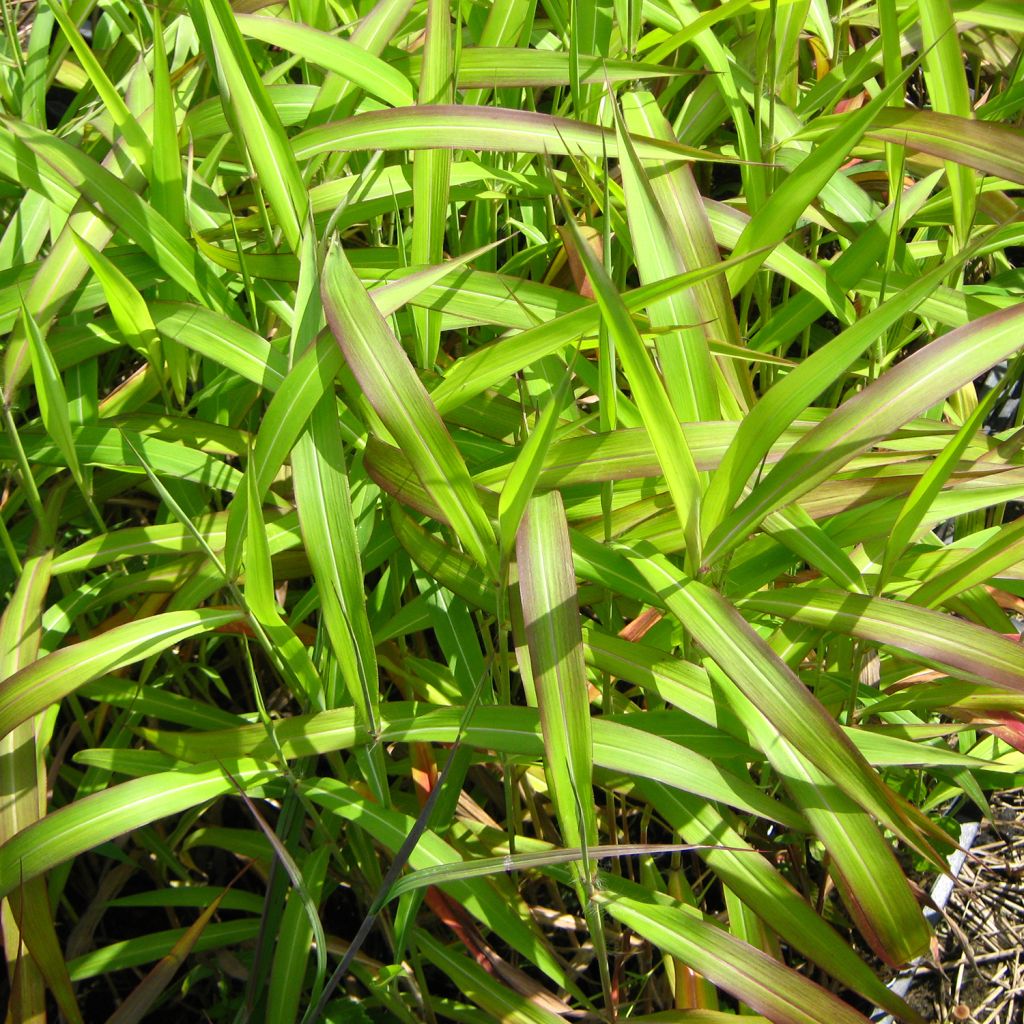

Spodiopogon sibiricus West Lake
Spodiopogon sibiricus West Lake
Spodiopogon sibiricus West Lake
They have taken very well from the first year.
ANNE SOPHIE, 06/05/2025
Special offer!
Receive a €20 voucher for any order over €90 (excluding delivery costs, credit notes, and plastic-free options)!
1- Add your favorite plants to your cart.
2- Once you have reached €90, confirm your order (you can even choose the delivery date!).
3- As soon as your order is shipped, you will receive an email containing your voucher code, valid for 3 months (90 days).
Your voucher is unique and can only be used once, for any order with a minimum value of €20, excluding delivery costs.
Can be combined with other current offers, non-divisible and non-refundable.
Home or relay delivery (depending on size and destination)
Schedule delivery date,
and select date in basket
This plant carries a 12 months recovery warranty
More information
We guarantee the quality of our plants for a full growing cycle, and will replace at our expense any plant that fails to recover under normal climatic and planting conditions.
Would this plant suit my garden?
Set up your Plantfit profile →
Description
Spodiopogon sibiricus 'West Lake' is a tall perennial grass which, as its species name 'sibiricus' suggests, originates from Central Asia. This species, like many Siberian plants, is extremely hardy and resilient. It is also a highly ornamental grass, with its tall stems and long horizontally arranged leaves resembling the architecture of bamboo. This selection, richly coloured in red-orange-purple in autumn, is also distinguished by its sparkling flowering in summer, with panicles of red-purple spikes frosted with silver. It is a beautiful grass that truly deserves to be better known, as it is capable, like few others, of adapting to the harshest climates and the most inhospitable soils.
Spodiopogon sibiricus is a rhizomatous grass belonging to the large family of poaceae, native to Siberia, Mongolia, China, Korea, and even Japan, where it grows in mountain meadows. The 'West Lake' selection distinguishes itself with a taller habit, reaching easily 1.60m (5ft) in height when in flower (1m (3ft) for the foliage) with a width of 50-60cm (20-24in). Its flowering is more colourful, mixing shades of red-purple with silver reflections. Its habit evokes that of a rounded and stocky bamboo; thin stems (2 to 4mm (1in) wide) emerge from the stump and bear lanceolate and pointed leaves, 30cm (12in) long and 1cm (1in) wide, narrow at the base, much like bamboo leaves. The flowering takes place from July to September, in the form of 15cm (6in) long panicles, with barbed spikelets coloured in red and shining with silver reflections in the sun, which persist on the plant for a long time. The autumn colour of the foliage can vary depending on the nature and moisture of the soil, and the stems take on a wine-like colour. Spodiopogon sibiricus is a very long-lived plant, which grows in the garden for a long time.
Endowed with great adaptability, under-utilised in the garden, Spodiopogon sibiricus 'West Lake' accepts both rocky and dry soil in summer, as well as moist to wet soil, even clayey soil, but, to give its best, this grass needs plenty of light. Adapted to difficult conditions just like Panicum, it is versatile, not too bulky, and adapts to many situations in the garden. Non-suckering, this colourful grass is highly appreciated in slightly wild borders, to form screens or planted as a specimen. It can be associated with tall wild asters, such as Aster laevis, Aster turbinellus, Aster 'Ashvi', or Monte Casino, or even with Helianthus salicifolius or maximiliani, as well as with Verbena bonariensis or Verbena hastata. It is particularly well-suited to coastal areas as it tolerates sea spray.
Report an error about the product description
Spodiopogon sibiricus West Lake in pictures
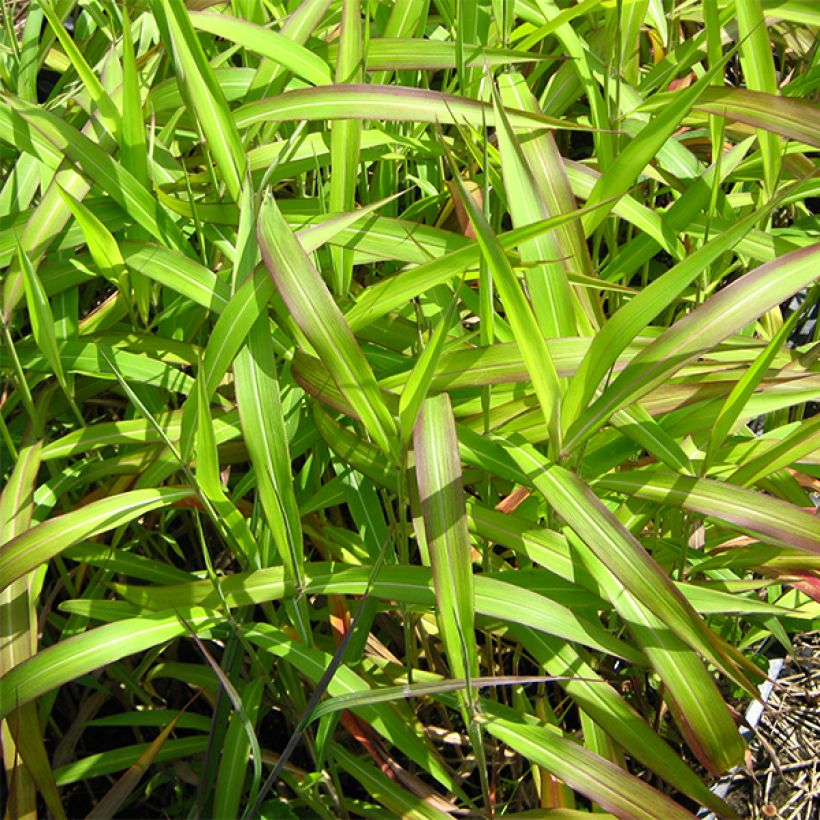

Flowering
Foliage
Plant habit
Botanical data
Spodiopogon
sibiricus
West Lake
Poaceae
Central Asia
Other Ornemental grasses A to Z
View all →Planting and care
The Spodiopogon sibiricus West Lake accepts almost all types of soils and various growing conditions. However, a young plant must not lack water during its establishment. Originating from mountainous areas, it dislikes excessive heat. In a warm climate, it is preferably planted in partial shade or in the morning sun. Proximity to a heat-reflecting wall should also be avoided. Remove any dead foliage at the end of winter.
Planting period
Intended location
Care
Planting & care advice
-
, onOrder confirmed
Reply from on Promesse de fleurs
Similar products
Haven't found what you were looking for?
Hardiness is the lowest winter temperature a plant can endure without suffering serious damage or even dying. However, hardiness is affected by location (a sheltered area, such as a patio), protection (winter cover) and soil type (hardiness is improved by well-drained soil).

Photo Sharing Terms & Conditions
In order to encourage gardeners to interact and share their experiences, Promesse de fleurs offers various media enabling content to be uploaded onto its Site - in particular via the ‘Photo sharing’ module.
The User agrees to refrain from:
- Posting any content that is illegal, prejudicial, insulting, racist, inciteful to hatred, revisionist, contrary to public decency, that infringes on privacy or on the privacy rights of third parties, in particular the publicity rights of persons and goods, intellectual property rights, or the right to privacy.
- Submitting content on behalf of a third party;
- Impersonate the identity of a third party and/or publish any personal information about a third party;
In general, the User undertakes to refrain from any unethical behaviour.
All Content (in particular text, comments, files, images, photos, videos, creative works, etc.), which may be subject to property or intellectual property rights, image or other private rights, shall remain the property of the User, subject to the limited rights granted by the terms of the licence granted by Promesse de fleurs as stated below. Users are at liberty to publish or not to publish such Content on the Site, notably via the ‘Photo Sharing’ facility, and accept that this Content shall be made public and freely accessible, notably on the Internet.
Users further acknowledge, undertake to have ,and guarantee that they hold all necessary rights and permissions to publish such material on the Site, in particular with regard to the legislation in force pertaining to any privacy, property, intellectual property, image, or contractual rights, or rights of any other nature. By publishing such Content on the Site, Users acknowledge accepting full liability as publishers of the Content within the meaning of the law, and grant Promesse de fleurs, free of charge, an inclusive, worldwide licence for the said Content for the entire duration of its publication, including all reproduction, representation, up/downloading, displaying, performing, transmission, and storage rights.
Users also grant permission for their name to be linked to the Content and accept that this link may not always be made available.
By engaging in posting material, Users consent to their Content becoming automatically accessible on the Internet, in particular on other sites and/or blogs and/or web pages of the Promesse de fleurs site, including in particular social pages and the Promesse de fleurs catalogue.
Users may secure the removal of entrusted content free of charge by issuing a simple request via our contact form.
The flowering period indicated on our website applies to countries and regions located in USDA zone 8 (France, the United Kingdom, Ireland, the Netherlands, etc.)
It will vary according to where you live:
- In zones 9 to 10 (Italy, Spain, Greece, etc.), flowering will occur about 2 to 4 weeks earlier.
- In zones 6 to 7 (Germany, Poland, Slovenia, and lower mountainous regions), flowering will be delayed by 2 to 3 weeks.
- In zone 5 (Central Europe, Scandinavia), blooming will be delayed by 3 to 5 weeks.
In temperate climates, pruning of spring-flowering shrubs (forsythia, spireas, etc.) should be done just after flowering.
Pruning of summer-flowering shrubs (Indian Lilac, Perovskia, etc.) can be done in winter or spring.
In cold regions as well as with frost-sensitive plants, avoid pruning too early when severe frosts may still occur.
The planting period indicated on our website applies to countries and regions located in USDA zone 8 (France, United Kingdom, Ireland, Netherlands).
It will vary according to where you live:
- In Mediterranean zones (Marseille, Madrid, Milan, etc.), autumn and winter are the best planting periods.
- In continental zones (Strasbourg, Munich, Vienna, etc.), delay planting by 2 to 3 weeks in spring and bring it forward by 2 to 4 weeks in autumn.
- In mountainous regions (the Alps, Pyrenees, Carpathians, etc.), it is best to plant in late spring (May-June) or late summer (August-September).
The harvesting period indicated on our website applies to countries and regions in USDA zone 8 (France, England, Ireland, the Netherlands).
In colder areas (Scandinavia, Poland, Austria...) fruit and vegetable harvests are likely to be delayed by 3-4 weeks.
In warmer areas (Italy, Spain, Greece, etc.), harvesting will probably take place earlier, depending on weather conditions.
The sowing periods indicated on our website apply to countries and regions within USDA Zone 8 (France, UK, Ireland, Netherlands).
In colder areas (Scandinavia, Poland, Austria...), delay any outdoor sowing by 3-4 weeks, or sow under glass.
In warmer climes (Italy, Spain, Greece, etc.), bring outdoor sowing forward by a few weeks.






























